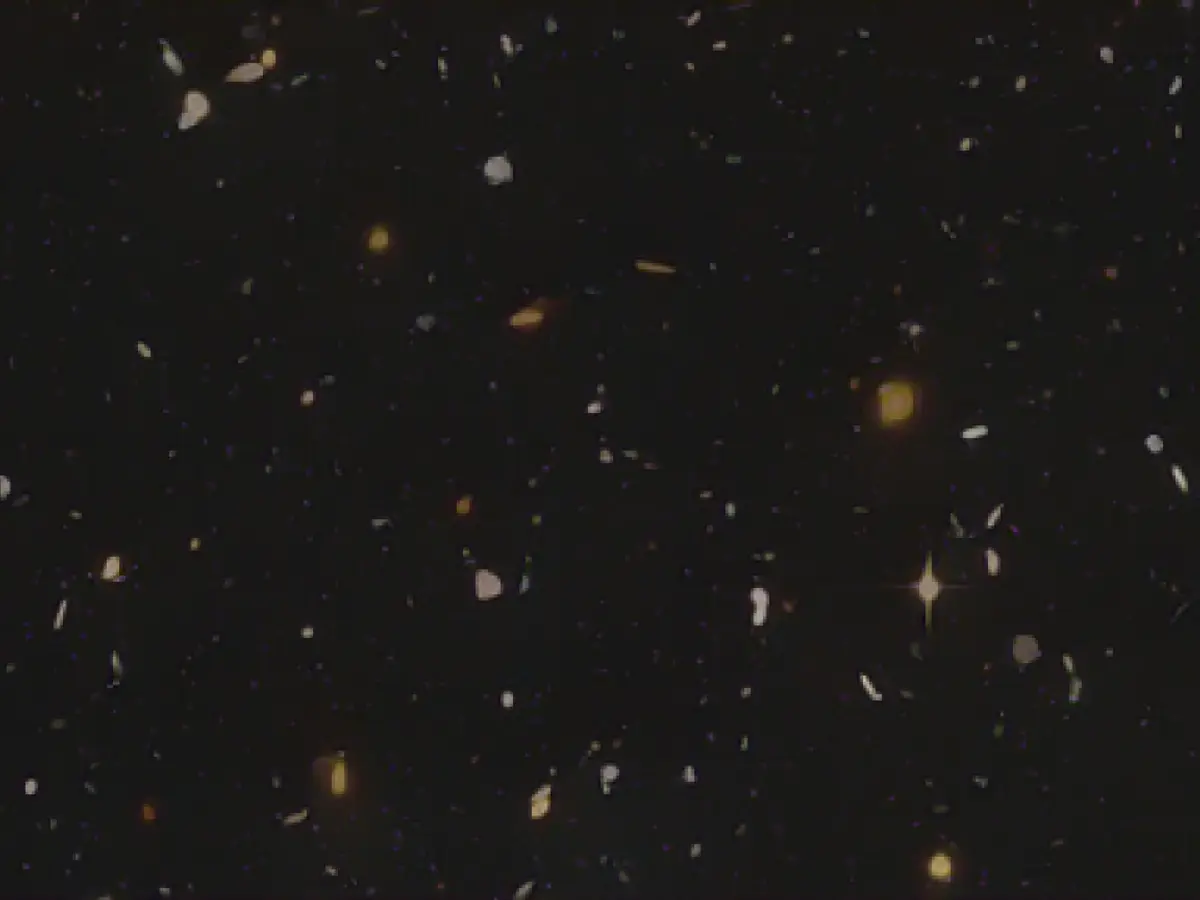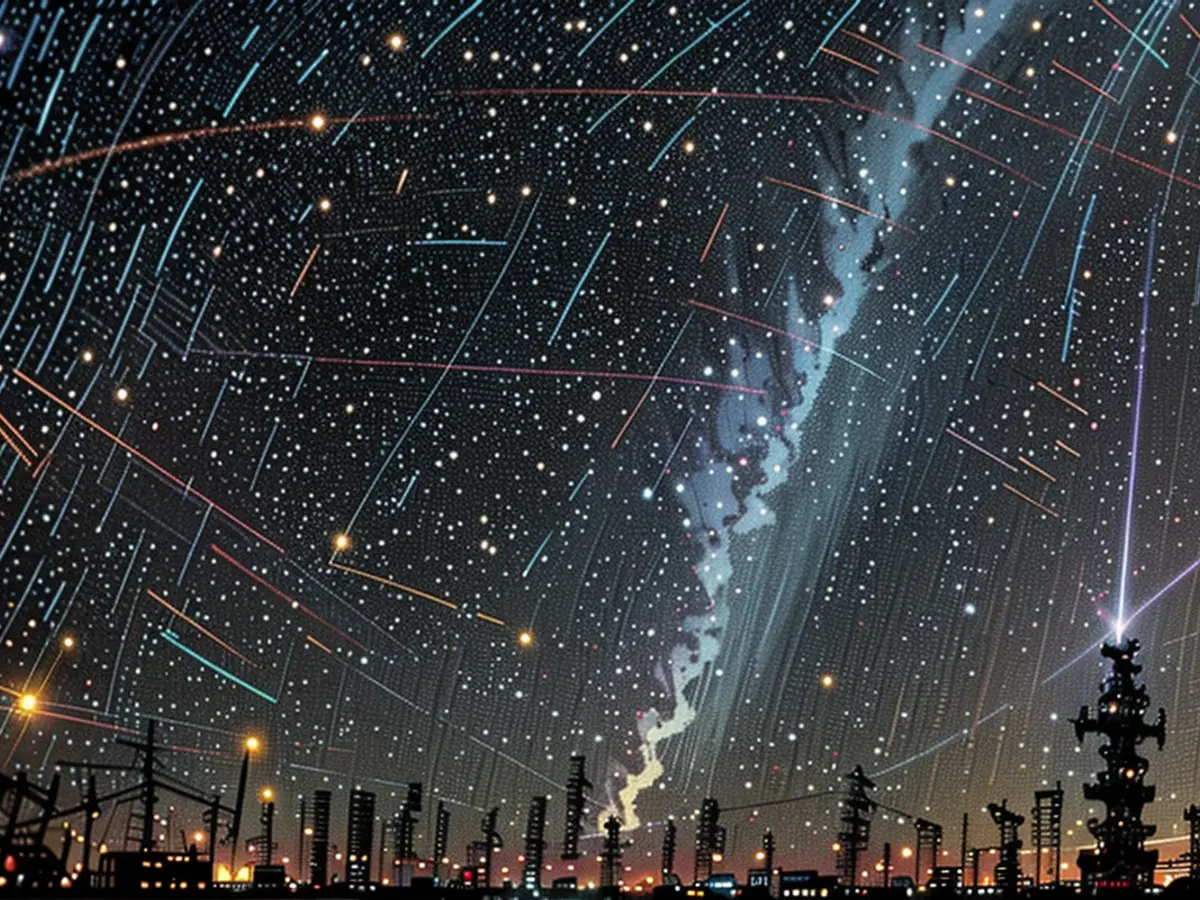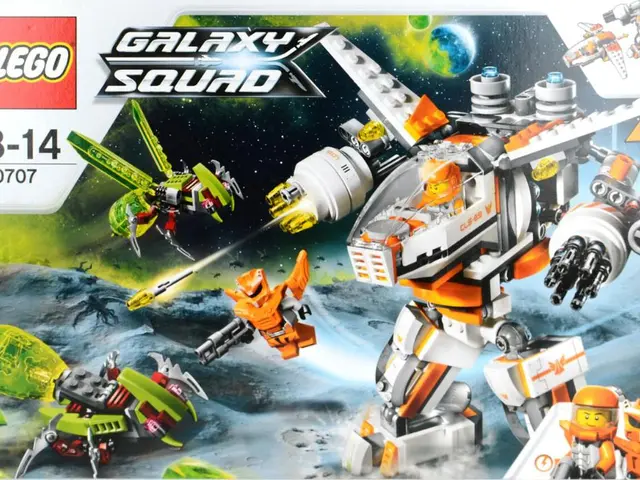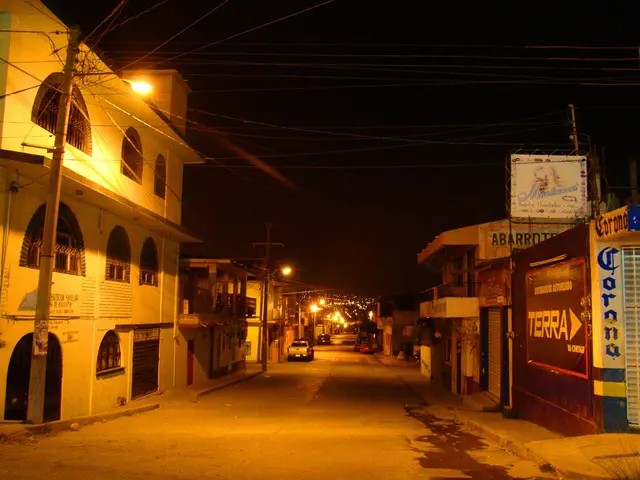NASA's groundbreaking laser technology is sending Ultra HD video of a playful orange tabby cat named Tatus across the cosmos and back to Earth, and it's quite a spectacle.
Moving with a whimsical grace, the cat dashes around, chasing a red laser dot on the couch in a never-before-seen, high-definition streaming video. This iconic feline performance became the first-ever data transmission using a laser from deep space, and it's a significant step closer to achieving high-speed, low-latency data, image, and video transmission in missions beyond our terrestrial neighborhood.
Over 15 seconds, the video was encoded with a near-infrared laser and beamed to the Hale Telescope at the Palomar Observatory by NASA's Psyche spacecraft. The signal, traveling over 80 times the distance between Earth and the moon, reached Earth within just 101 seconds.
Laser communication boasts data transfer speeds 10-100 times faster than traditional radio frequency communication systems used by NASA for other missions. This space age demonstration aims to become the farthest and most highly-bandwidth laser communication experiment conducted by NASA, and it tests the use of invisible near-infrared lasers for data transmission and reception to Earth.
Deputy NASA administrator Pam Melroy expressed the agency's enthusiasm for the project. "This achievement underscores our commitment to advancing optical communication as a crucial element to fulfill future data transfer requirements," she stated. "An increase in bandwidth is crucial for achieving our future exploratory and scientific goals, and we're thrilled about it."
The Psyche mission launched in October and is currently en route to capture the first human glimpse of a metallic asteroid between Mars and Jupiter's orbits. The spacecraft, set to travel approximately 2.2 billion miles (3.6 billion kilometers), will take six years to reach its destination near the asteroid belt.
The Deep Space Optical Communications (DSOC) experiment, however, is on its own mission for the first two years of the journey.
"One of our objectives is to demonstrate the ability to transfer high-bandwidth videos over millions of kilometers," said Bill Klipstein, DSOC program manager at JPL. "Since Psyche doesn't generate video data, we typically send random test packets. But we decided to collaborate with JPL's designers to create an entertaining video that captures the essence of the demonstration as part of the Psyche mission."
Despite the cat video's well-deserved viral fame, DSOC's decision to use it in the milestone is a nod to radio history. Felix the Cartoon Cat has been used in test transmissions since 1928.
Sources:
[1] NASA
[2] Space.com
"Jeder liebt Kartoffelpüree"
Crafting the captivating laser cat video involved DSOC engineers collaborating with JPL designers to choose which videos they wanted to test in deep space.
The video uploaded to DSOC before Psyche's launch includes graphical overlays that display the spacecraft's trajectory, the Palomar telescope dome, and the cat's colors, patterns, and heart rate.
"Despite being able to send video data over millions of kilometers, it's still capable of achieving faster speeds than most broadband internet connections," said DSOC receiver electronics director Ryan Rogalin from JPL. "After Palomar received the video, it was then transmitted back to JPL via the internet – a much slower connection than space-transmitted signals."
"The team at JPL Lab did an exceptional job in collaboration and helped us demonstrate this technology brilliantly. Everybody was smitten by the cat video."







